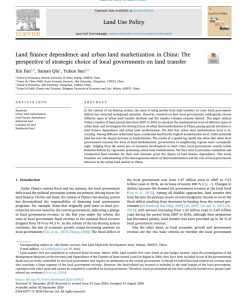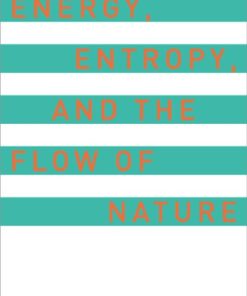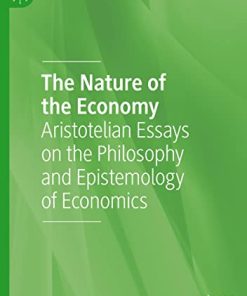Eyes to See: The Astonishing Variety of Vision in Nature
$50.00 Original price was: $50.00.$25.00Current price is: $25.00.
Eyes to See: The Astonishing Variety of Vision in Nature – Ebook Instant Download/Delivery ISBN(s): 9780198747710,0198747713,9780191064869, 0191064866

Product detail:
- ISBN 10: 0191064866
- ISBN 13: 9780191064869
- Author: Michael Land
Vision is the sense by which we and other animals obtain most of our information about the world around us. Darwin appreciated that at first sight it seems absurd that the human eye could have evolved by natural selection. But we now know far more about vision, the many times it has independently evolved in nature, and the astonishing variety of ways to see. The human eye, with a lens forming an image on a sensitive retina, represents just one. Scallops, shrimps, and lobsters all use mirrors in different ways. Jumping spiders scan with their front-facing eyes to check whether the object in front is an insect to eat, another spider to mate with, or a predator to avoid. Mantis shrimps can even measure the polarization of light. Animal eyes are amazing structures, often involving precision optics and impressive information processing, mainly using wet protein – not the substance an engineer would choose for such tasks. In Eyes to See, Michael Land, one of the leading world experts on vision, explores the varied ways in which sight has evolved and is used in the natural world, and describes some of the ingenious experiments researchers have used to uncover its secrets. He also discusses human vision, including his experiments on how our eye movements help us to do everyday tasks, as well as skilled ones such as sight-reading music or driving. He ends by considering the fascinating problem of how the constantly shifting images from our eyes are converted in the brain into the steady and integrated conscious view of the world we experience.
Table of contents:
- 1. Early Eyes
- 2. Compound Eyes and Insect Vision
- 3. Vision in the Ocean
- 4. Establishing Identity
- 5. Where do People Look?
- 6. The Mind’s Eye
- 7. The Evolution of Vision
People also search:
You may also like…
Business & Economics
Business & Economics - Project Management
Lean Architecture: Excellence in Project Delivery 1st Edition












